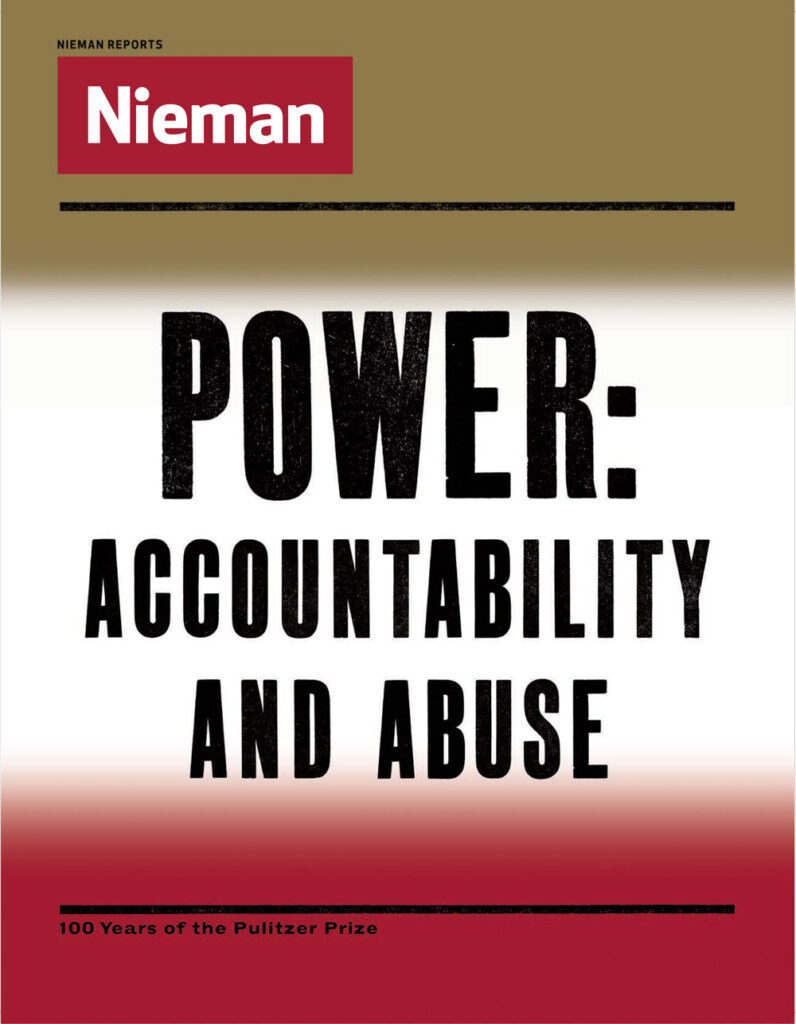In the investigative series “Cashing in on Kids,” Rutledge exposed the poor oversight and fraud that were hallmarks of Wisconsin’s $350 million taxpayer-subsidized child-care system. Her stories prompted a crackdown on fraudulent daycare providers.
The two-story house on 17th St. looks typical of the working-class homes on Racine’s west side. Three bedrooms, one bath. Assessed by the city at $122,000.
Yet inside, a young woman has tapped into a home-based money-making operation that netted her and her three sisters more than half a million in taxpayer dollars since 2006.
And they did it with the blessing of the state.
All four had been in-home child-care providers. Collectively they have 17 children. For years, the government has paid them to stay home and care for each other’s children.
Nothing illegal about it under the rules of Wisconsin Shares, the decade-old child-care assistance program designed alongside Wisconsin’s welfare-to-work program.
Further Reading
Our Communities Crave Watchdog Journalism by Raquel Rutledge
“It’s a loophole,” said Laurice Lincoln, administrative coordinator for child care with the Milwaukee County Department of Health and Human Services. “Do we have concerns about it? Yes, it can be a problem. But if it’s allowed, it’s allowed. We really can’t dispute it.” The Journal Sentinel spent four months investigating the $340 million taxpayer-supported program and uncovered an array of costly problems—including fraud. But the investigation also revealed a system rife with lax regulations that have paved the way for abuse by parents and providers.
Consider:
- Sisters or other relatives can stay home, swap kids and receive taxpayer dollars. The four Racine sisters took in as much as $540,000 in taxpayer dollars in less than three years, mostly to watch each other’s kids.
- Rules allow parents to be employed by child-care providers and enroll their children at the same place. At some centers, children of employees make up the majority of kids in day care. In one Milwaukee location, an employer and parents are accused of teaming up to bilk the system out of more than $360,000.
- Child-care subsidy recipients have been allowed to work for almost any type of business. Payments were made when moms claimed to work ironing a man’s shirts, drying fruit and selling artwork they made during art class.




